Erotic art (1. part)
Erotic art is a somewhat subjective concept and many experts today disagree about the difference between erotic art and pornography. This confusion between these two terms is also caused by the difference between cultures. For example, let's take the phallus - for some, it is a symbol of fertility; others look at it merely through the prism of pornography.
"The main problem is that for a painting to be labeled a 'pornographic' work of art, it must be both a work of art and a pornography, and that requires it to embody incompatible attributes, at least at first glance."
As can be seen from the above quote, philosophers and art connoisseurs are still concerned about merging pornography and art into a whole. Both the concept of art and the concept of pornography are challenging to define. It is generally accepted that pornography is a material that leads to sexual arousal, but we need to be careful when talking about pornography in art. Many artworks depict the genitals very clearly but do not intend to make the painting sexually arousing, like a hot naked girl in the middle of Playboy. Behind the piece of art, there can be cult or tradition. This is typical of prehistoric and ancient paintings. Some modern pictures are also not painted to sexually arouse but to emphasize satire or criticism.
Nevertheless, definitions don't seem very helpful. You probably know Manet's Luncheon on the Grass , the most outrageous work of its time. The painting seemed disgusting to the audience due to its nudity, although it is technically perfect. But how do we look at this Luncheon today? Do we see pornography in it or just erotica? I also doubt that looking at Botticelli's Birth of Venus, your underpants would get wet, maybe slightly damp. This type of art was considered erotic. Some scholars today distinguish erotic art from pornographic. The main differences are:
- erotic as opposed to pornographic, does not cross the line of tasty and permissible,
- erotic artwork is sexually stimulated by chance,
- erotic art is a broader concept than pornographic - it does not necessarily include pornographic elements such as genitals.
To simplify a bit, pornography is a practical side of erotica, and we often feel shame just by looking at it. At the same time, our eyes accept erotica as a part of art and nothing else.
Examples of pornographic art
Below you can see some examples of pornographic art:
Wall paintings in Pompeii
Prizor, kot ga vidite spodaj, je krasil mnoge spalnice meščanov. Prav tako so jih uporabljali tudi v bordelih, da bi vzbudile erotične predstave v moških glavah. Da, že v 1. stoletju so bili tako pokvarjeni.
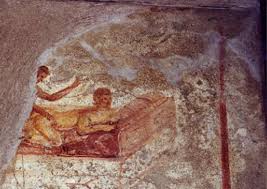

Pillow books
Chinese and Japanese people were obviously my role models regarding the storage of the toys. Although they did not yet have vibrators, they hid cards under their pillows. On those cards, there were different sex positions. Handy, if you don't have any idea what to do in bed. Just search for the tips under your pillow.
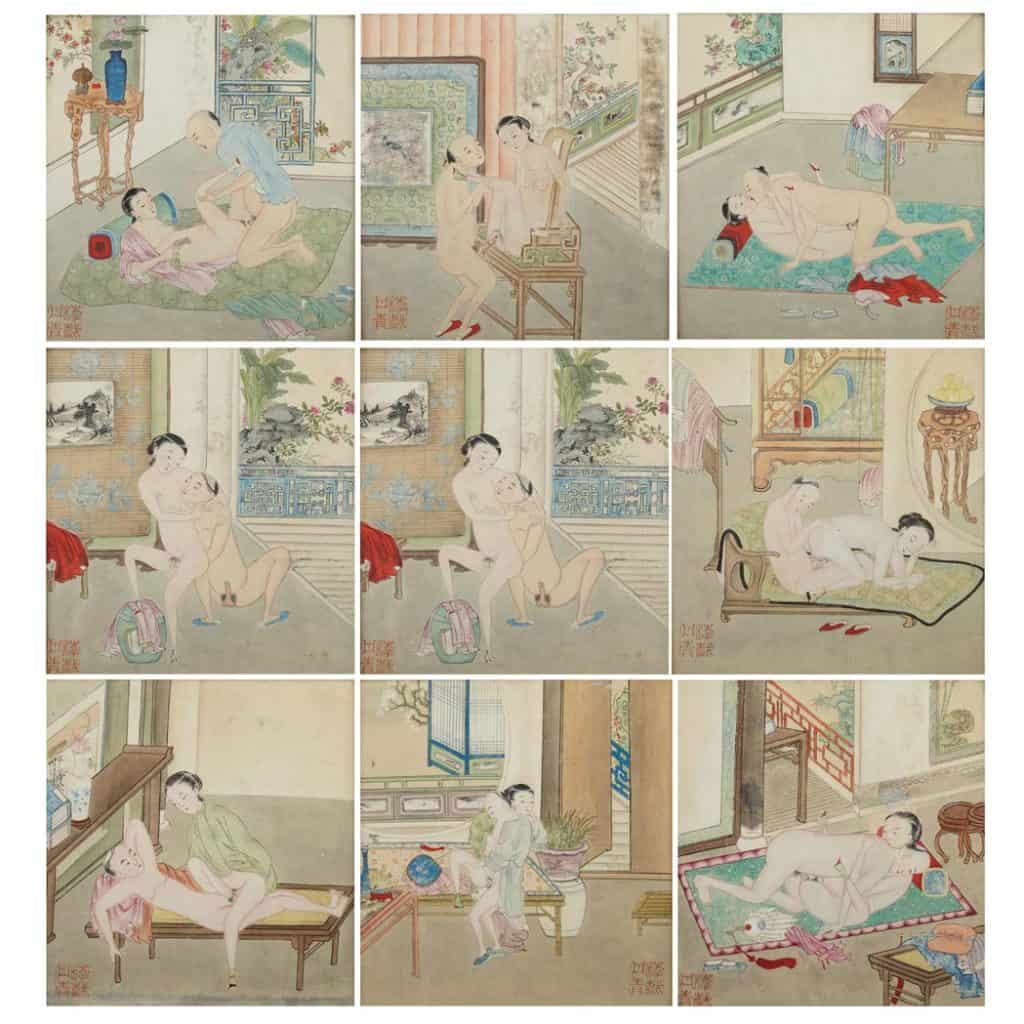
Drawings by Gustav Klimt and August Rodin
Although they both are known for other works, they were appreciated mainly by men for the time of their lives, as they drew drawings that contain, to put it correctly, sexually explicit material.
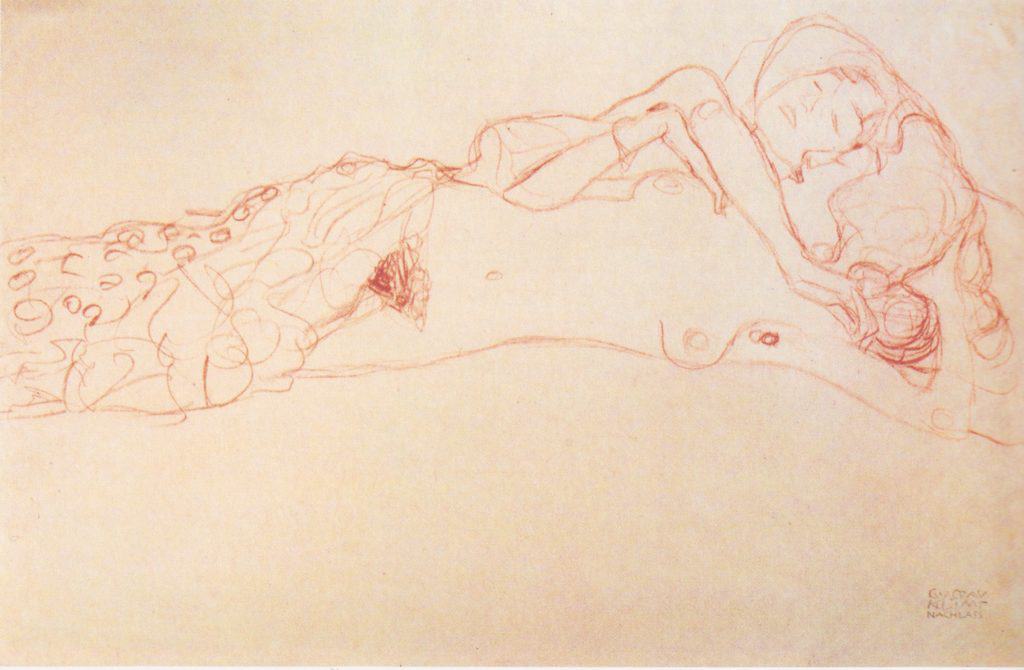

Erotic Art
Regardless of the above division of art into pornographic and erotic, it is tough to draw the line between the two - in the end, each individual decides for himself. Below we will look at some examples of erotic art, which, however, does not entirely exclude pornographic elements.
Prehistory and Antiquity
Raunchy art has existed since the Paleolithic. At that time, sexual acts were painted on cave walls beside the bison and other animal paintings. We also know various statues of Venus, with strong hips, large breasts, and a big belly, which were a symbol of fertility.
Mesopotamians were also depicting sex in their art. The Sumerians are known as masters of painting the missionary position. At the same time, the Assyrians are best known for the scene of a woman resting on an altar and a man penetrating from behind. Although some defend the thesis that the Assyrians portrayed sex as part of a ritual, later scholars have denied it. The sex paintings are said to be dedicated to Inani, the goddess of sex and prostitution.

The Egyptians took a step further. Sex was everywhere. The archeologists also discovered a two-and-a-half-meter-long papyrus with twelve vignettes at the very end, depicting a man and a woman in different sexual positions. The man is painted with large genitals and does not look like a typical Egyptian.

Like the Egyptians, the Greeks and Romans were also known for their erotic images on amphorae. In contrast to Egyptian scenes, homoerotic art is characteristic of the Greeks.
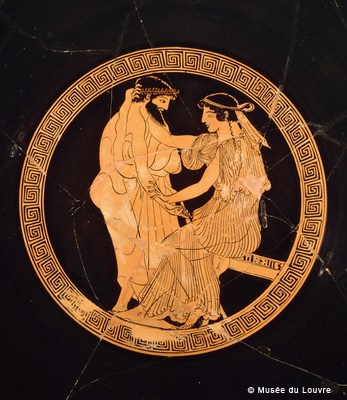
n my opinion, the dirtiest were Eastern cultures, where the tradition of depicting sexuality in art is the longest. They are known for the Shunga erotic art- pictures painted in ink or carved in wood and then printed, representing sex since the thirteenth century. They were intended for both men and women and were the first to focus on the positive side of sex, so they were also used in sex education. This characteristic is also typical for the Kama Sutra, written in the first centuries AD.


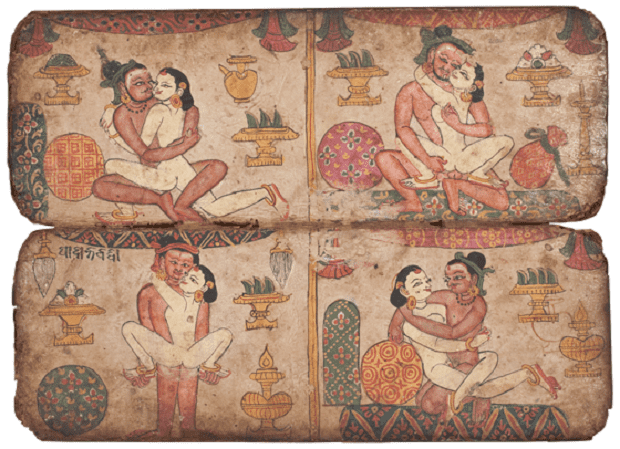
To be continued!

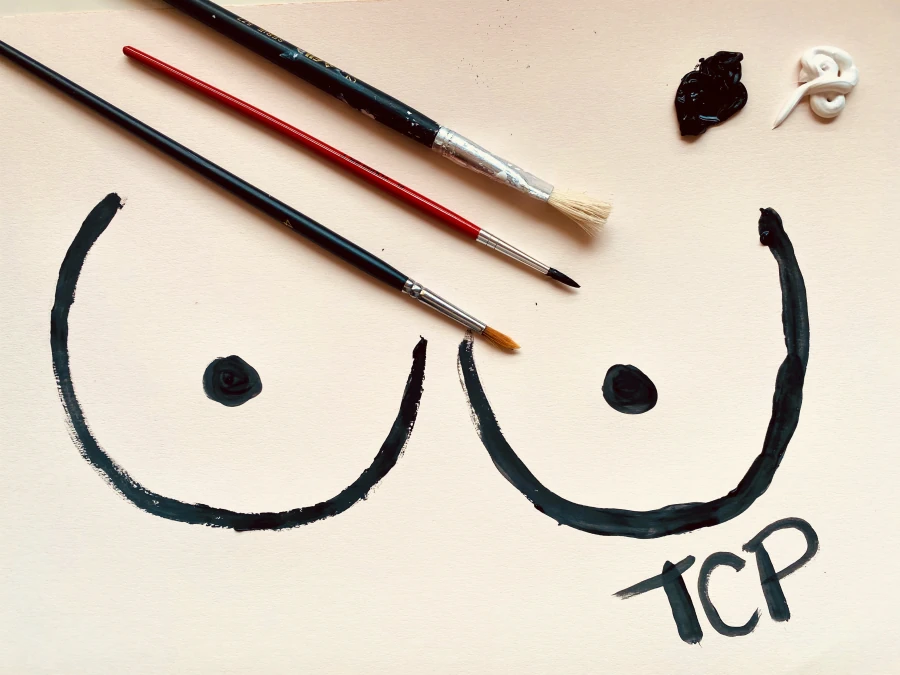
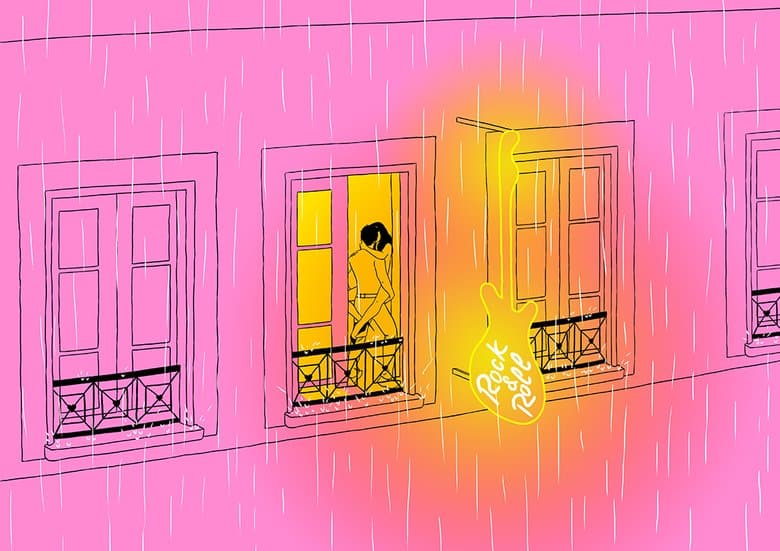
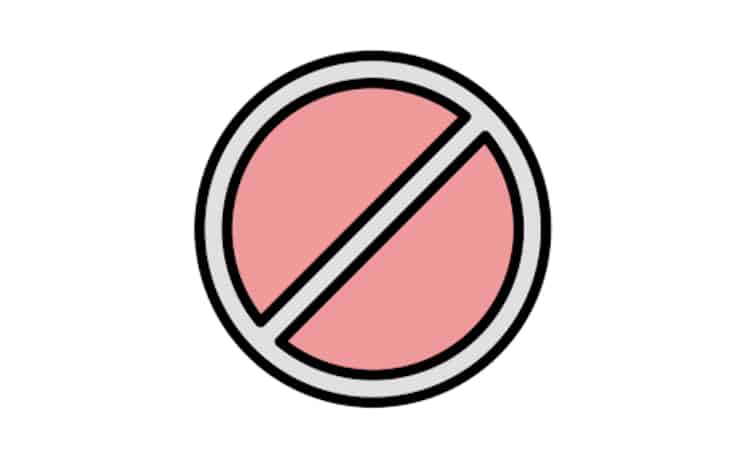
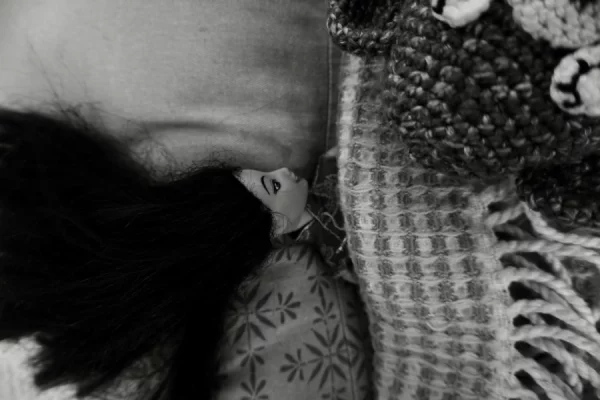
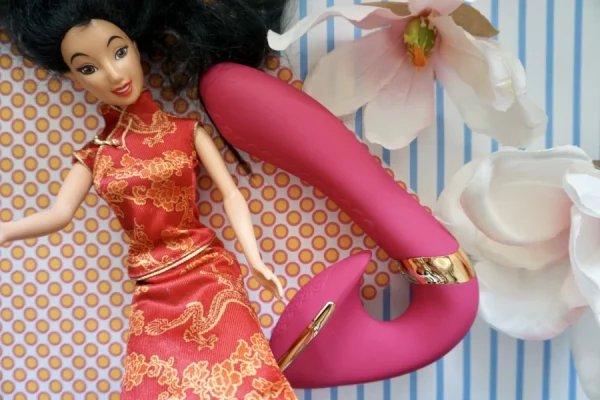

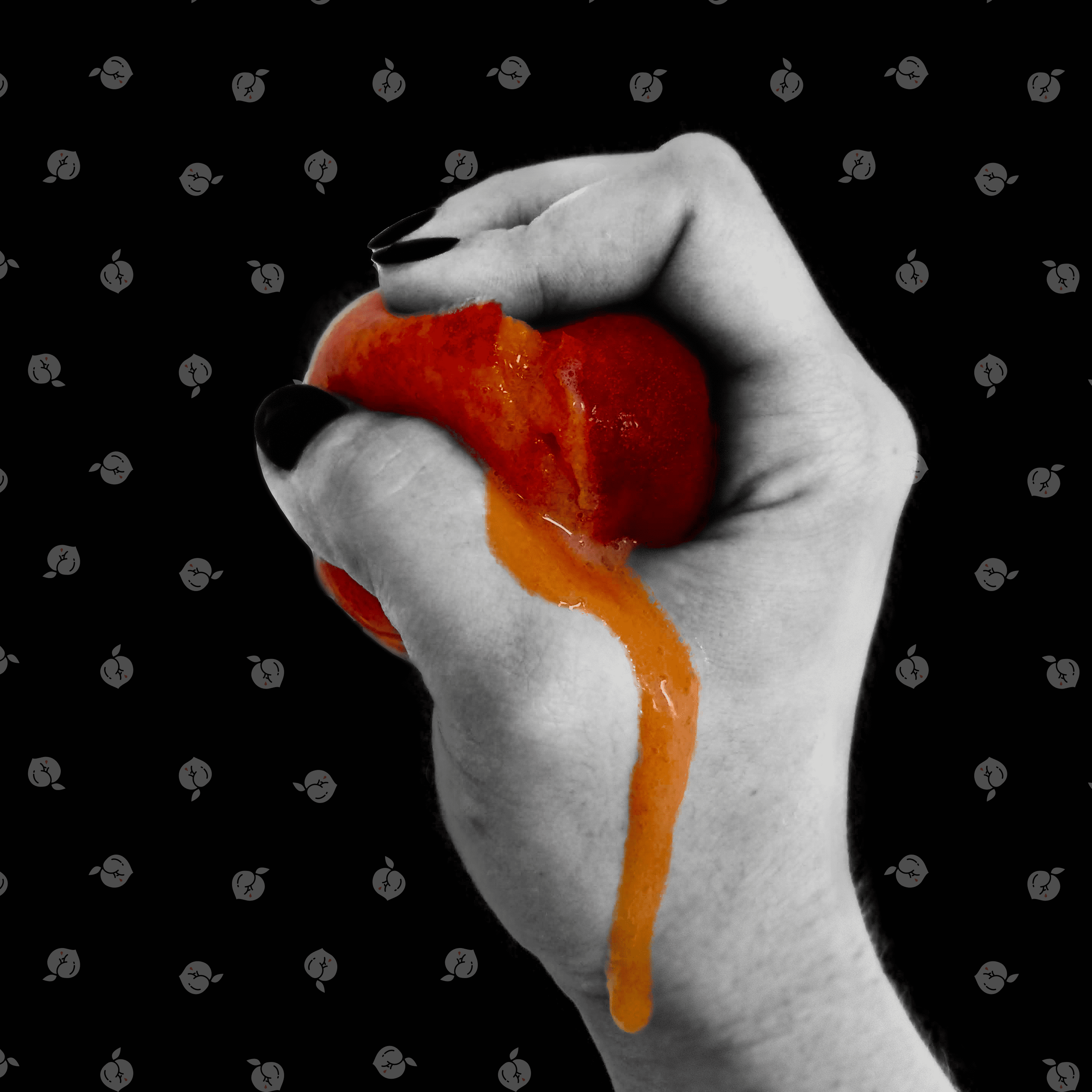
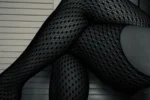








-0 comments-